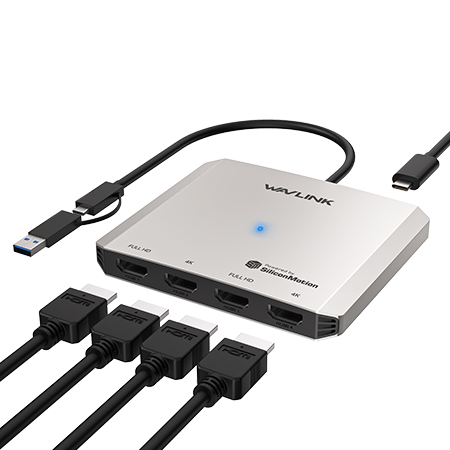In the dynamic landscape of networking technologies, the emergence of WiFi 6 and WiFi 6E has taken center stage, promising enhanced performance and efficiency for our digital interactions. As we stand at the cusp of a new era in wireless connectivity, it's crucial to understand the nuances that distinguish these two standards and their implications for network design and user experience. Let's embark on a detailed exploration of WiFi 6 versus WiFi 6E to unravel their features, benefits, and potential impact on our connected world.

WiFi 6, based on the IEEE 802.11ax protocol, represents a significant leap forward in wireless technology, offering a multitude of advancements:
Building upon the foundation laid by WiFi 6, WiFi 6E introduces a groundbreaking shift with the utilization of the 6 GHz frequency band, ushering in a new era of wireless possibilities:
When contemplating the selection between WiFi 6 and WiFi 6E for your network infrastructure, consider factors such as current network demands, device compatibility, and anticipated growth:
In conclusion, both WiFi 6 and WiFi 6E mark significant milestones in the evolution of wireless networking, each presenting unique advantages tailored to distinct user scenarios. Whether you opt for the robust efficiency of WiFi 6 or the expanded capabilities of WiFi 6E, embracing these cutting-edge standards will undoubtedly shape a more connected, efficient, and future-ready network environment. As we navigate the complexities of today's digital landscape, understanding the differences between WiFi 6 and WiFi 6E empowers us to make informed decisions that elevate our networking experiences to new heights.
Get the Scoop First
Subscribe to our official website to receive exclusive first-hand news and stay up-to-date on our new product releases and promotions!



